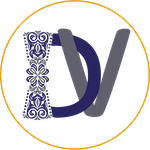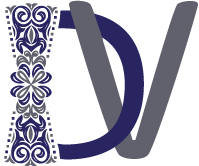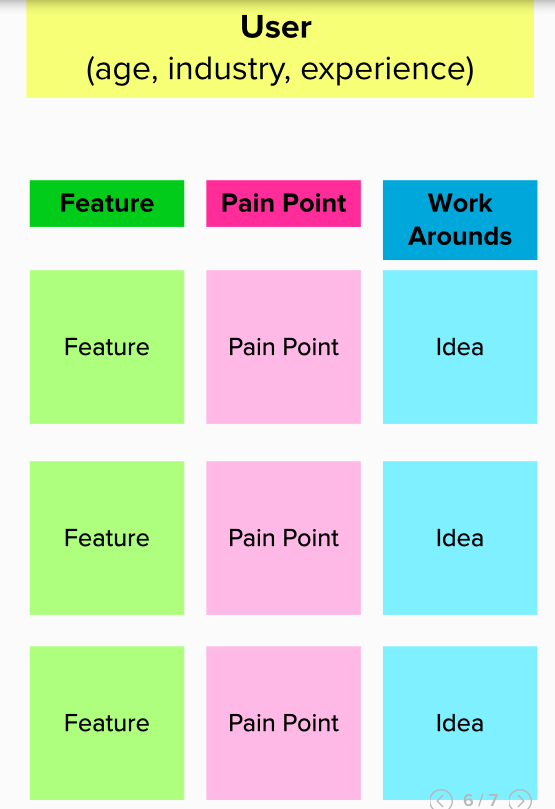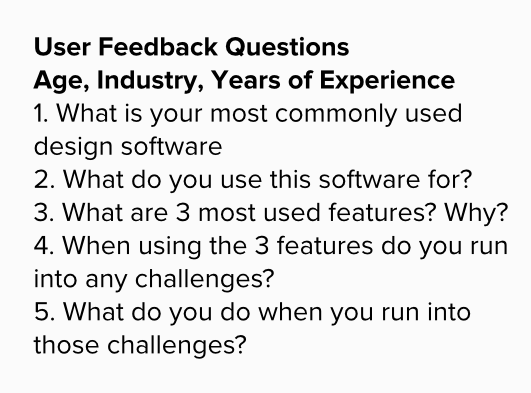CHALLENGE / Imagining Predictive Design
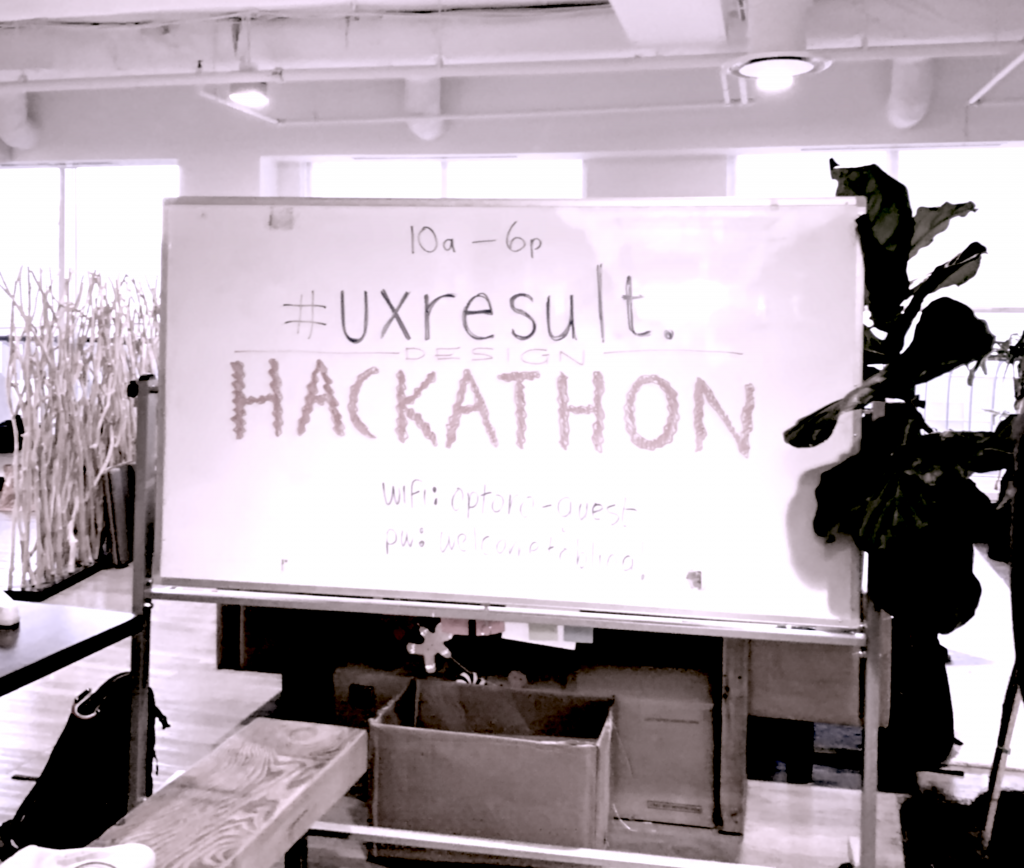
Our team of 3 designers participated in the 1st UX Result Design Hackathon – a unique event showcasing design results rather than theories and focusing on the UX of Choice.
The event featured approximately 215 participants, 65 teams, and challenges from 13 companies.
ICONS8
Show how the predictive design tool would work. We are looking for practical ideas for the future design instrument.
We communicated with the Icons8 representative to get more clarification on needs and also learned that the company sought to add new and innovative features for a standalone program design program for PCs (Lunacy) based on selection and choice.
ADOBE
Use any of Adobe products as a core part of your design while you are creating solutions for other challenges.
APPROACH / User Research + Ideation
User Research: Identifying Top Challenges Using Design Software
Our team determined that in order to identify gaps in features and pain points we needed to get to know our users.
We interviewed 11 other designers (also participants at the hackathon) to learn more about how they approached pain points and how they used design software to create.
Our interviews revealed that designers utilize Sketch (and a few other tools) for design and that they were satisfied with the products they used.
However, we determined that they sought a more simplified, streamlined, and integrated experience as they spent time looking for plugins, “getting on the same page” with stakeholders, and other tasks beyond the scope of design itself.
Ideation: Fords and Crazy 8s
While our interviews yielded valuable insights – they addressed the current state and reminded us of the Henry Ford quote
If I had asked people what they wanted, they would have said faster horses.
The challenge was for transformative innovation (predictive features) but we were designing for incremental changes and tweaks by confining ourselves to user pain points of current software.
We decided to shake things up with a Crazy 8s exercise to brainstorm out-of-the-box solutions.



Synthesis/ Developing a Use Case
The Design Ecosystem
Through our research and insights we determined that the design stakeholders and factors relevant to a creation process encompass more than just designers – the process involves 1) Designers; 2) Builders; 3) Approvers; 4) Emerging Technologies.
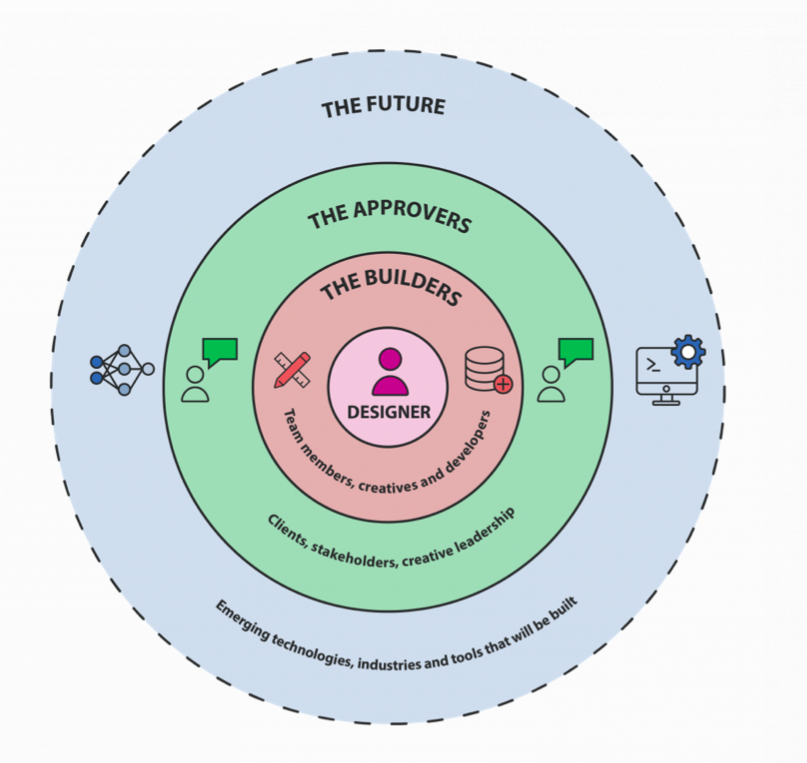
Current design software focuses on the designer but not the environment that a designer designs in.
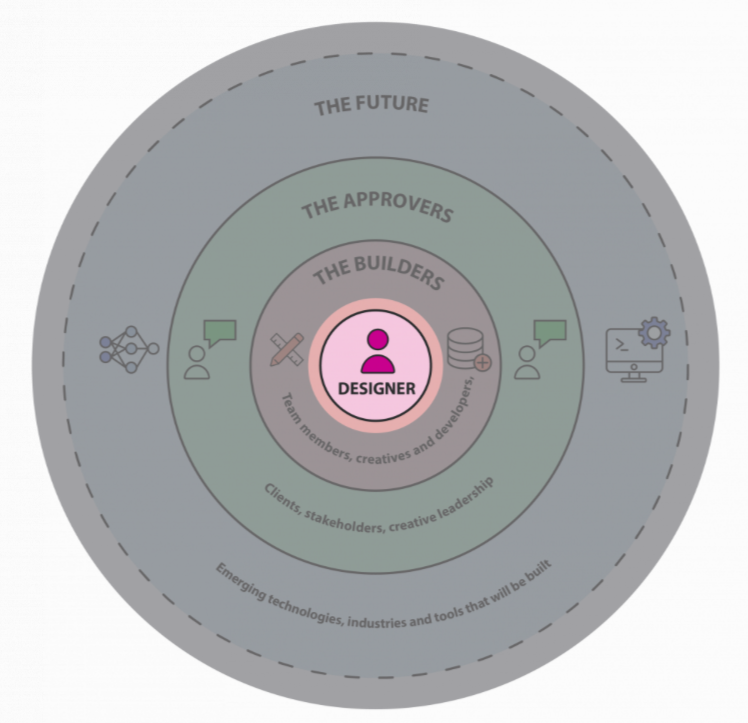
Ideation Synthesis and Prioritization
We utilized our new paradigm and categorization to pare down our ideation session into a use case and corresponding interactions for each group of design stakeholders and/or factors.
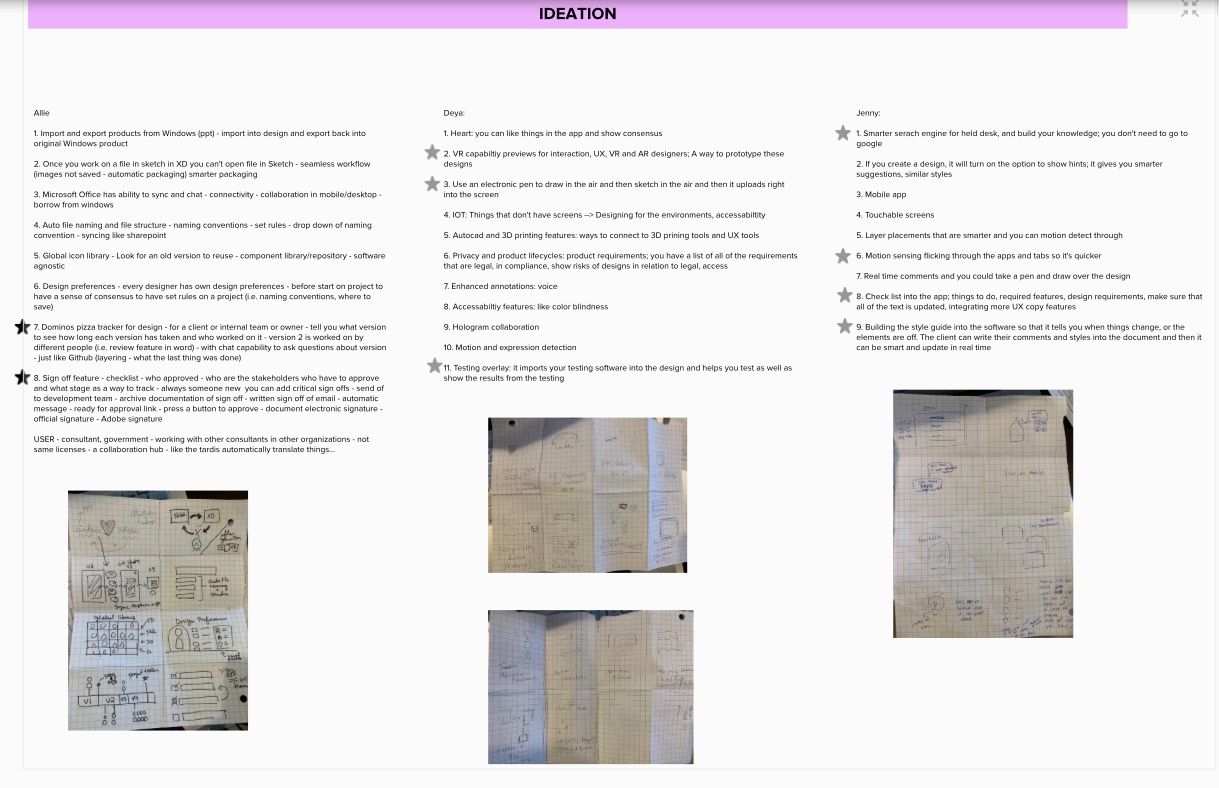
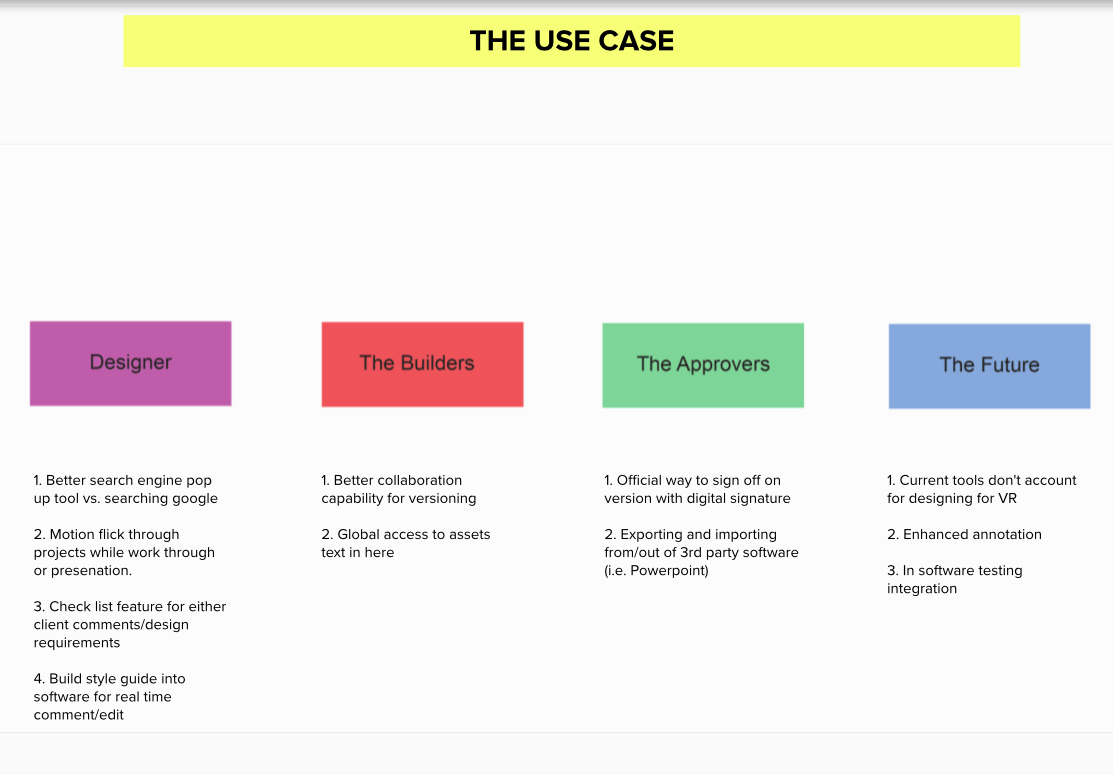
Presenting Our Findings / 3 Design Interactions
Our research, findings, and final product were delivered via Mural whiteboard. We developed 3 types of interactions to represent the different types of interactions stakeholders at different product development would encounter.
Interaction #1: Design Standards
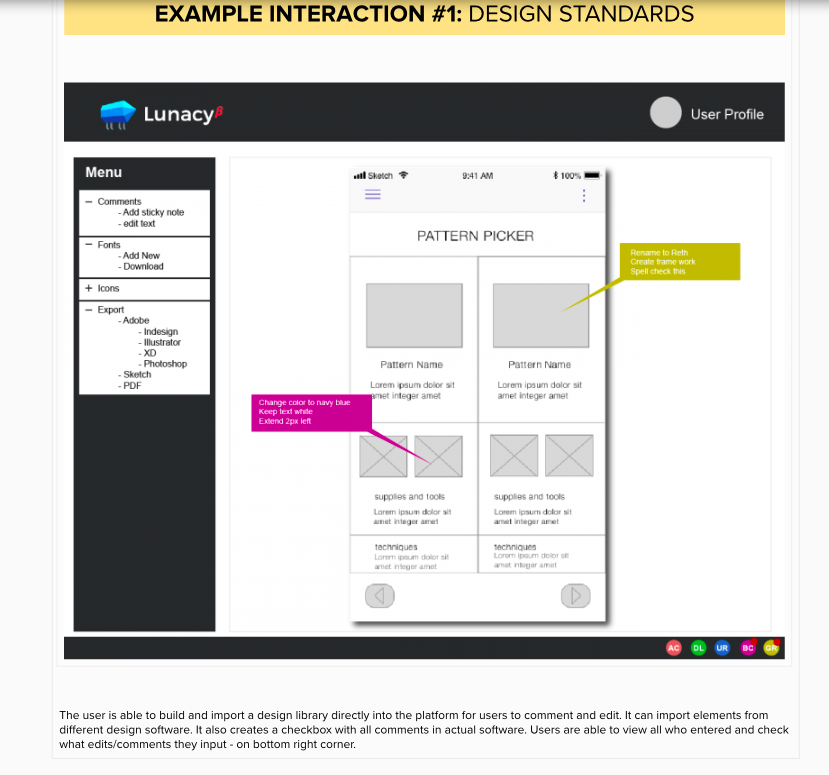
In the immediate phase of creation, designers and builders with experience in graphic design software would require incremental changes (i.e. building style guide into software for real time comments/edits).
Interaction #2: Project Tracking

A fully integrated tracker cataloging the project status and necessary approvals comes into play in the collaborative phase.
Interaction #3: Design Feedback and Testing
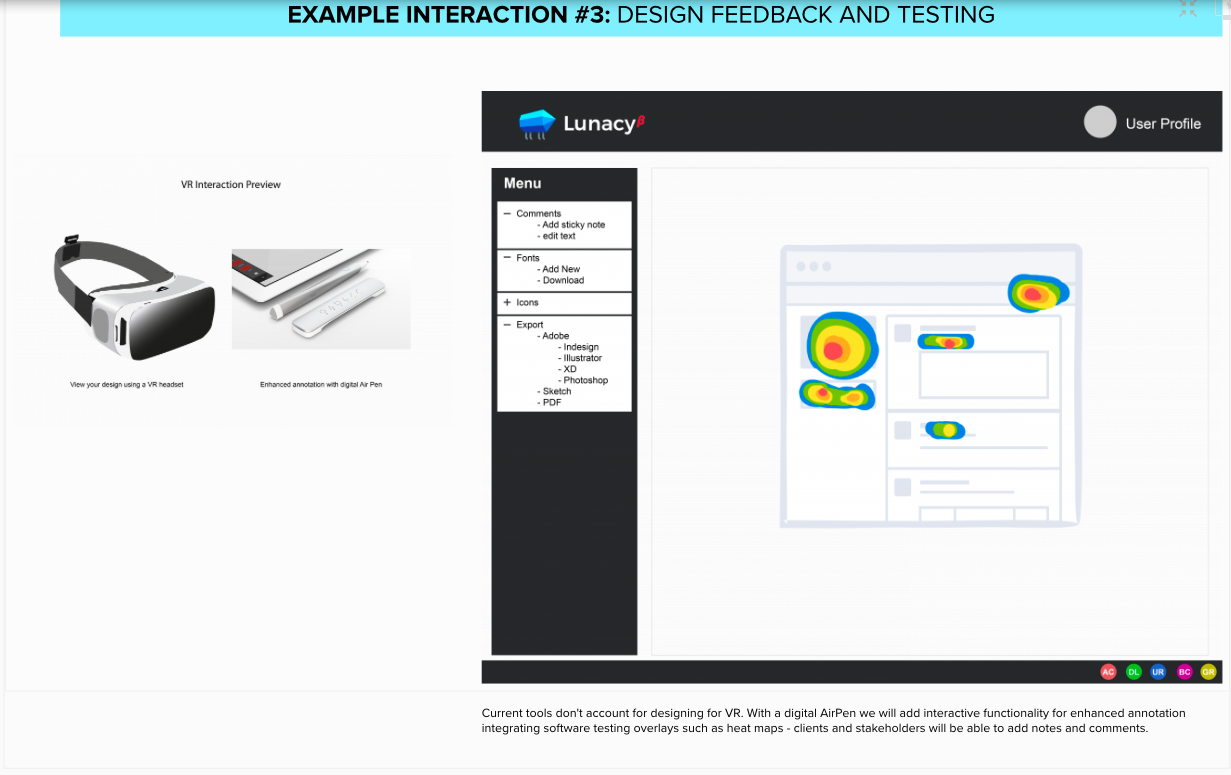
Enhanced annotation features integrating testing overlays and interactive feedback using an “AirPen), could provide clients and stakeholders with options and immediate access to data.
Lessons Learned / Strategic Brainstorming and Thinking Outside the Box
What I learned through this experience was that User Research is not always the primary data in developing a product and that there are times to leverage brainstorming and thoughtful ideation.
I also learned how to work in Mural and how to collaborate with a new group of people. Although all 3 of us were designers – we were all approaching the challenge differently bringing visual design, project management, and emerging technology perspectives into this solution space.
This thought exercise inspired me to look beyond what is currently possible and to consider what hasn’t been thought of yet.

